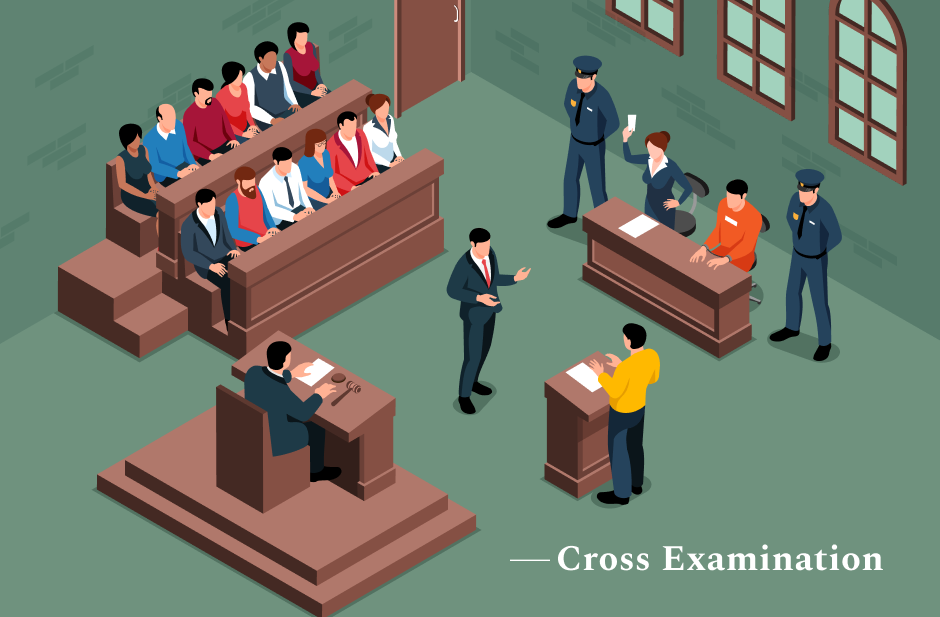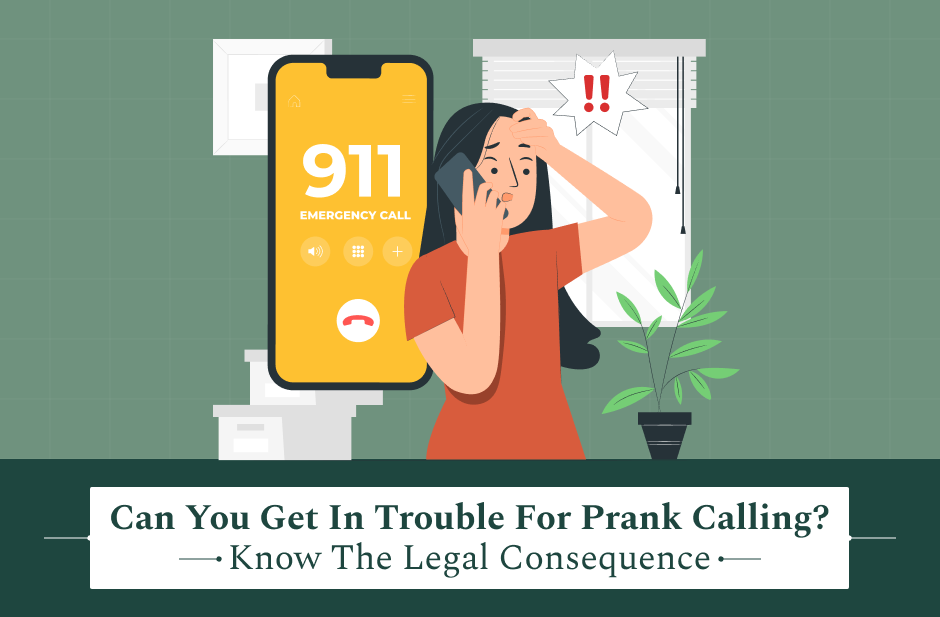Cross examination is more than a Hollywood movie dramatization. It’s the tool for finding truth in an American courtroom. It gives attorneys the tool to impeach proof and raise the credibility of a witness into question.
Effective cross-examination can turn a jury’s head and win an entire case. It’s something that anyone who has ever doubted the judicial process needs to understand. This article analyzes the mechanics, strategy, and ethics of successful cross-examination.
What Is Cross Examination: Definition And Significance
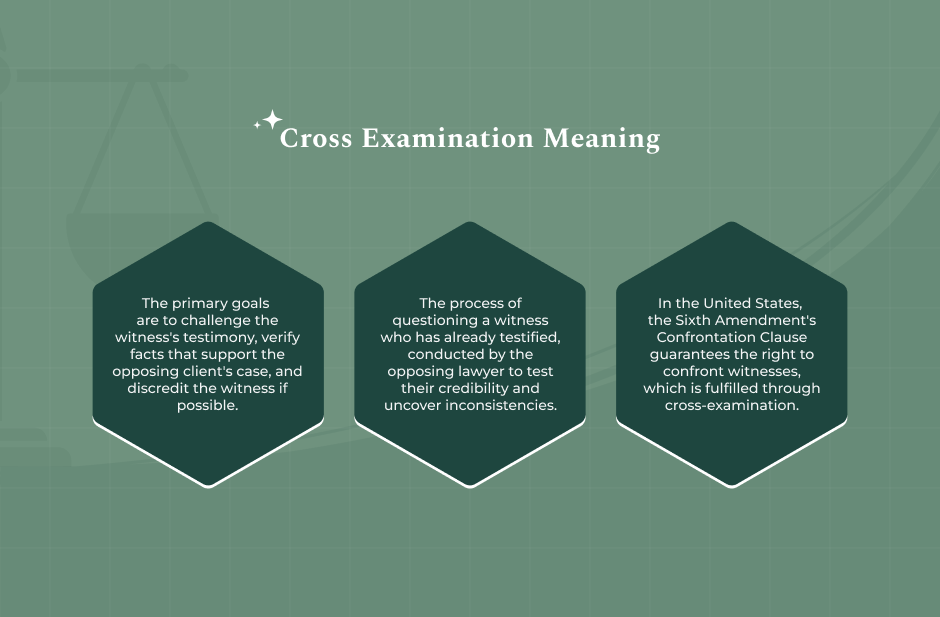
The definition of cross-examination categorizes it as the systematic questioning of a witness raised by the opposing party, according to Study Smarter.
Additionally, according to Cornell Law School’s Legal Information Institute, it is one of the trial procedures where lawyers get to question opposing witnesses’ credibility and truthfulness.
The constitutional right to face one’s accuser under cross-examination provides that evidence is thoroughly questioned before it is taken as fact by the judge or jury. A solid cross-examination is occasionally the fulcrum upon which a case is reversed.
Purpose
The Supreme Court states that the cross-examination’s primary role is two-fold.
One, it attempts to elicit contradictions, biases, or falsehoods in direct examination evidence. Second, it attempts to place useful evidence into the cross-examiner’s case, effectively turning the other side’s witness against him.
A good cross-examination does all of these at once. It impeaches the witness’s memory or motive and obtains useful admissions.
Legal Foundations Of Cross-Examination
Cross-examination is a time-honored art and is statutorily safeguarded.
Historical Context
The process of confrontation and direct examination of a witness was developed from English common law. It has now become one of the components of the adversarial legal system present in the United States.
In ancient Athens, too, thinkers such as Socrates enjoyed the effectiveness of confronting accusers. However, the right to cross-examination was not that prevalent at that time.
Over the years, it has been discovered that the process is the best for putting affirmation testimony to the test of truth.
Legal Rights
In the United States, cross-examination right is not as much a rule of evidence. It is an absolute right. The Sixth Amendment to the U.S. Constitution guarantees a criminal defendant the right “to be confronted with the witnesses against him.”
The “Confrontation Clause” guarantees effective cross-examination as an insured legal right. Federal Rule of Evidence 611 restricts cross-examination to a large extent to areas of direct examination and the credibility of the witness, according to LII. The rule preserves the purpose of the process and prevents it from running amok.
Types Of Cross-Examination
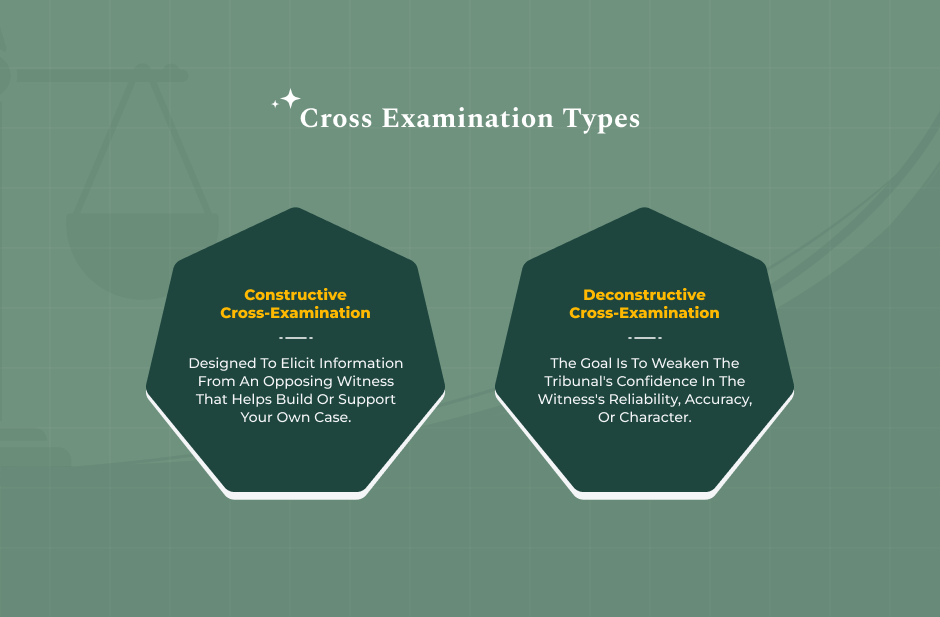
A lawyer uses cross-examination with a number of purposes in mind, based on the type of questioning they utilize.
1. Constructive Cross-Examination
Constructive cross-examination is employed to obtain good evidence from a hostile witness. Here, the lawyer is not hostile to the witness. The lawyer tries to have the witness agree on positive facts to the lawyer’s case hypothesis.
The concept is to build or construct a building block of your case with an unfriendly witness. Constructive cross-examination is founded upon specific, often innocent-sounding, questions.
2. Deconstructive Cross-Examination
Deconstruction cross-examination is meant to impeach the witness by asking difficult cross examination questions. The lawyer tries to tear down or deconstruct the opposing party’s case. The tactics employed are discovering previous inconsistent statements, demonstrating bias, or establishing flawed memory. That is the more flashy, in-your-face kind of cross-examination one imagines.
Techniques And Strategies
An effective cross-examination depends on meticulous preparation and strict management of the witness. They are the attorney’s arsenal of weaponry when cross-examining in court.
Closed-Ended Questions
The golden rule of cross-examination is to pose questions with simple “yes” or “no” answers. They are called leading questions. The employment of closed-ended questions amounts to forcing the narrative and suppressing the witness from giving elaborate explanations that can destroy the case. The lawyer is essentially testifying on behalf of the witness.
Impeachment
Witness impeachment is the overall objective of deconstructive cross-examination. This prevalent method denies the witness testimony by introducing inconsistency or former inconsistent statements.
For example, if a witness testifies “The car was red” on the witness stand, but in a police report says “The car was blue,” the attorney utilizes the former for impeaching them (American Bar Association). It is a very applicable field in impeachment methods.
Use Of Exhibits
Lawyers typically present documents or physical evidence to support their cross-examination line of questioning. An exhibit will pin a witness in a previous statement or use an established fact to contradict their current testimony. The visual aid effectively speaks for the attorney’s case in front of the jury.
Preparation
Careful reading of witness testimony, pre-depositions, and all evidence corroborating them is the ticket to preparation for trial. A lawyer must seek out what will be contradicted before he arrives at court. A great cross-examination is never an ad-lib.
It is the result of hard work and careful preparation.
Ethical Considerations
Even though cross-examination is adversarial, it is bound by strict legal and ethical restraints. Ethical questioning becomes absolutely necessary in maintaining the integrity of the system of courts.
Respectful Questioning
Lawyers must be careful in asking cross examination questions so as not to violate the dignity of the witness and the court. They must question in quest of truth, not the scandal. The judge is the master of the court and will take control when a lawyer oversteps reasonable boundaries.
Avoiding Harassment
Ethical questioning is to avoid only those questions that are intended to embarrass or humiliate a witness. Prejudice or preconceived notion questions typically come into play.
However, harassment questions typically are excluded by the rules of evidence (Federal Rule of Evidence 611(a)).
The purpose of cross-examination should always be to uncover the truth and never to intimidate.
Real-World Applications And Case Studies
History is replete with examples of the efficacy of good cross-examination in making its presence felt in trial outcomes.
High-Profile Trials
Abraham Lincoln’s timeless “Almanac Case” of 1858 itself is a good example that remains valid even today. The star prosecution witness deposed that he had seen the murder by the light of a full moon.
Lincoln used a farmer’s almanac to prove the moon was not far beyond its first quarter and was on the verge of setting. Therefore, this was essentially discrediting the witness and obtaining an acquittal (Advocate Magazine).
This is a demonstration of the power of using uncontroverted facts on cross-examination. The second is the cross-examination of Hermann Göring at the Nuremberg Trials. Here, the parties overcame the initial disappointments, like the cross-examination of a very clever and unrepentant witness.
Lessons Learned
The landmark cases demonstrate some of the most significant legal strategies. First, never ask a question to which you already know the answer. Second, be brief; brevity is generally optimal. Third, always plan a way of escape.
The problem with cross examination is to make a few good points and leave. And, this should happen without risk of the witness getting an opportunity to bolster their direct testimony. Learning these trial skills is valuable to any lawyer.
Read Also: What Are Bylaws: Legal Meaning And Definition Explained!
Successful Cross-Examination Best Practices
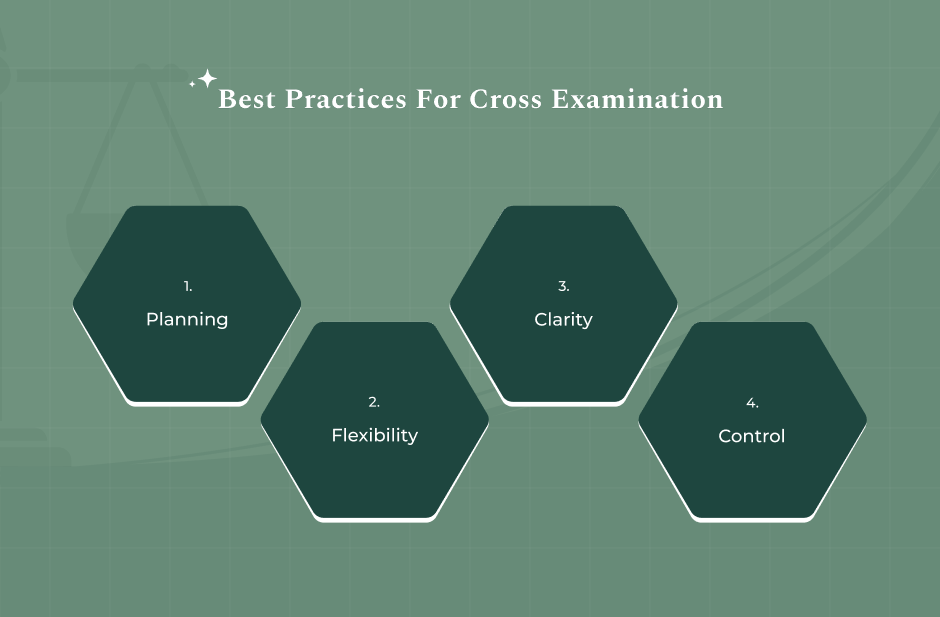
Successful cross-examination is built on discipline, focus, and being able to improvise when the moment requires it.
Planning
Attorneys must understand their game plan and objectives with each witness. What single thing, and what a thing it is, do you want the jury to recall from this cross-examination? That is where focus comes in.
Flexibility
While planning is important, a good advocate has to be prepared to shift direction in the event of responses or conduct by the witness. A witness can be more agitated or helpful than anticipated.
Here, the attorney will have to be capable of attempting to follow a new line of cross-examination.
Clarity
The questions must be as clear and simple as possible to the jury. Technical terms of law or wordy sentences merely confuse the fact-finders. Additionally, it also takes away from the effectiveness of the cross-examination.
Control
The lawyer has to be in charge of the action and the witness. It is achieved with leading and calmness, and confidence of manner. To lose control on cross-examination is typically case-killing. Being able to control the witness is a highly valued trial skill.
Summary
Cross-examination has been termed “the greatest legal engine ever invented for the discovery of truth” by legal scholars. Cross-examination is the testing ground where evidence is strained and credibility formed or shattered.
Effective cross-examination demands intensive trial preparation, rigid adherence to leading questions, and unmistakable ethical standards.
Constructive cross-examination is employed to create favorable arguments and deconstructive cross-examination for impeachment of witnesses. Skill in these legal skills is paramount.
Read Also: Contempt Of Court Defined- Legal Terms, Types, And Popular Cases
Frequently Asked Questions (FAQs):
Cross-examination can reveal dishonesty and elicit a just outcome. It is the final test of lawyers’ abilities and the adversarial system’s devotion to justice. For citizens and practitioners alike, comprehending the extent of what cross-examination is is understanding the pulsating heart of the American trial.
Cross-examination skill is the summit of advocacy where preparation, strategy, and court style meet to test the very essence of all the evidence.
It is an irreplaceable tool that ensures the evidence of the witness under strict scrutiny. Thus, the purity of the judicial process is maintained and is the prime guarantor of the right trial.
Ans. Generally not. A witness must answer all questions unless answering would violate a privilege, such as the Fifth Amendment self-incrimination privilege. If they fail to answer an unprivileged question, a judge may find them in contempt of court.
Ans. Yes. The judge will always direct who is questioning the witness (direct examination) and who is questioning the other party’s witness (cross-examination).
In addition, lawyers inquire about various types of questions. They ask leading questions on cross-examination, so the process is transparent to the jury.
Ans. Cross-examination is conducted in the trial courtroom, before the jury. A courtroom deposition is conducted before trial, most commonly in an attorney’s office, without a judge or jury.
Taking a deposition is conducted to get things out and pin down a witness in his or her testimony.
Ans. It’s technology, technology, technology when trial preparation is involved. Lawyers effortlessly use electronic tools to search a witness’s social media posts, public statements, and computer activity for prior inconsistent statements.
This kind of electronic paper trail gives rise to powerful grounds for impeachment tactics on cross-examination not available a decade ago.
Ans. Yes, certainly. Experienced attorneys will tend to eschew a cross-examination in the event that the witness failed to harm their case, or should the witness be highly sympathetic to the jury (e.g., a victim, a child, etc.).
An unnecessary cross-examination can cause the witness to affirm his or her damaging direct testimony or, worse, present a coherent answer to the detriment of the other side.








